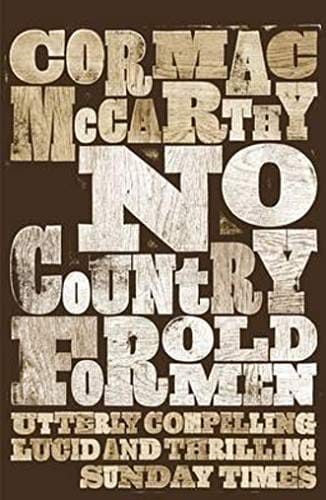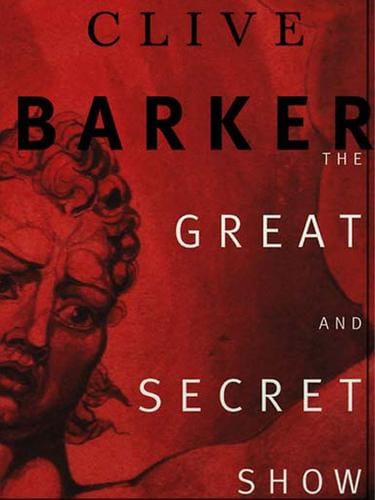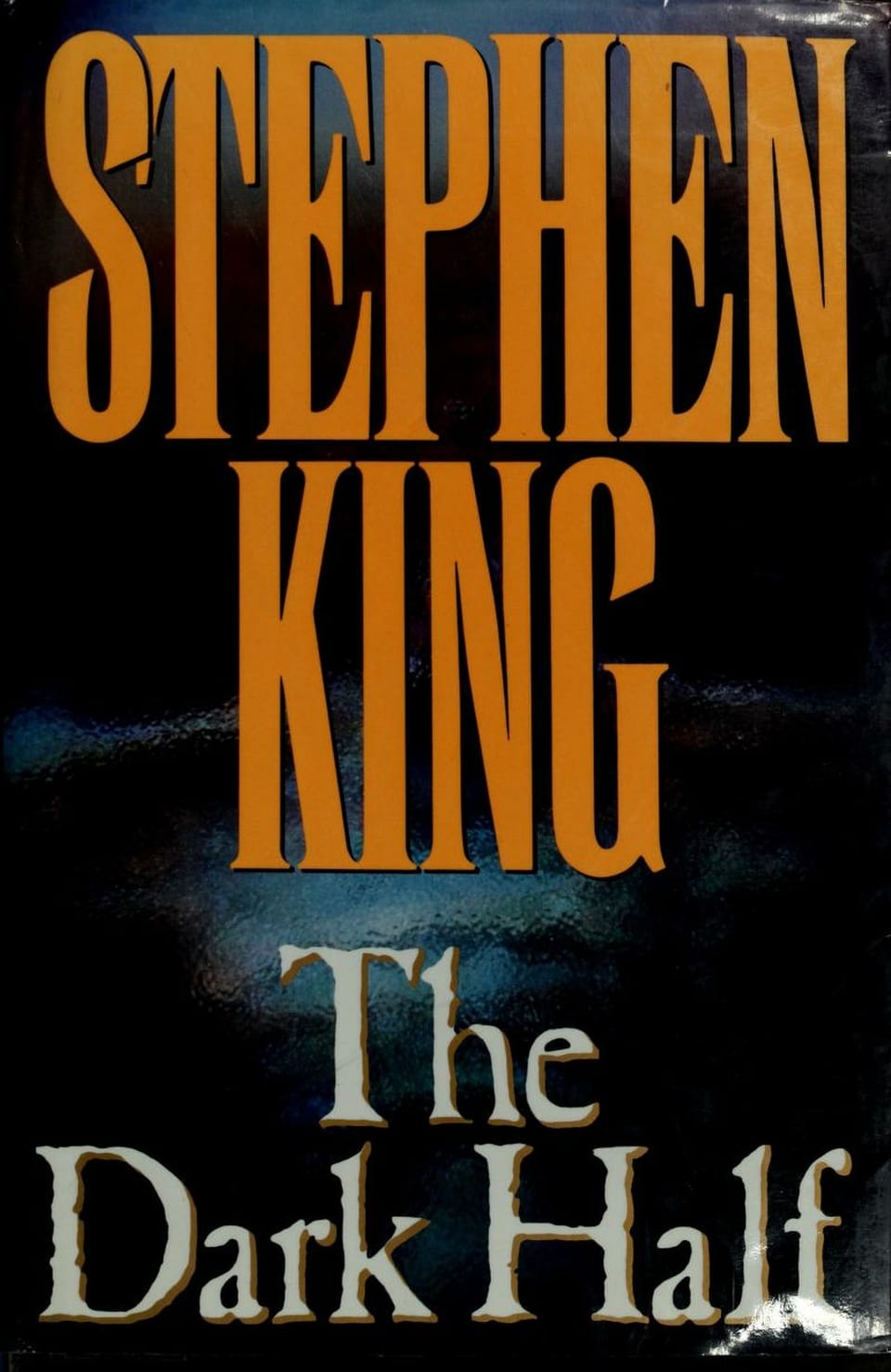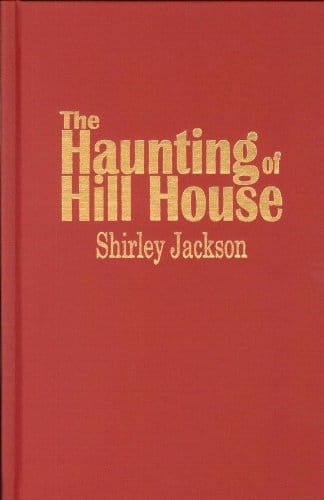Why Rosemary's Baby Still Haunts Audiences: A Deep Dive
A deep dive into Rosemary's Baby and why Roman Polanski's 1968 horror film continues to captivate audiences with its psychological dread and cultural relevance.
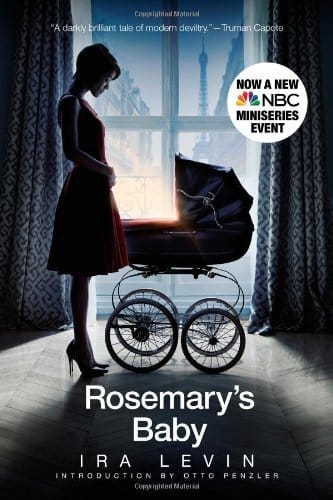
The Enduring Power of Rosemary's Baby
More than five decades after its 1968 debut, Roman Polanski's "Rosemary's Baby" remains a touchstone of modern horror. The film, based on Ira Levin’s bestselling novel, follows Rosemary Woodhouse, played with ethereal fragility by Mia Farrow, as she navigates pregnancy, paranoia, and a chilling conspiracy within her Manhattan apartment building. While many horror movies rely on jump scares and gore, "Rosemary's Baby" unsettles viewers with slow-burn suspense, nuanced performances, and a creeping sense of the inevitable. This combination has cemented its place in cinematic history and popular culture.
A Snapshot of the Story
Set in the gothic Bramford building (a thinly veiled version of New York’s Dakota), the plot centers on Rosemary and her struggling actor husband Guy, portrayed by John Cassavetes. After befriending their eccentric neighbors, Minnie and Roman Castevet, Guy’s career inexplicably takes off just as Rosemary becomes pregnant under bizarre circumstances. What follows is a masterclass in psychological dread, as Rosemary suspects that her unborn child is at the heart of a satanic plot. The film’s famous final sequence, revealing the coven’s success, remains one of cinema’s most haunting climaxes.
Casting Choices That Amplified the Horror
Mia Farrow’s waif-like appearance and soft-spoken demeanor make Rosemary’s gradual unraveling painfully believable. Farrow reportedly lost weight during filming, heightening her gaunt look and the audience’s concern for her health. John Cassavetes brings a realistic, almost casual cruelty to Guy, making the character’s betrayal feel personal rather than purely fantastical. Ruth Gordon’s Oscar-winning performance as Minnie Castevet adds an unsettling cheerfulness that masks malevolence. Together, the cast grounds the supernatural storyline in authentic human emotion.
Polanski's Masterful Direction
Polanski’s direction is meticulous. He uses confined spaces, lingering takes, and strategic silences to create tension. Wide-angle lenses make the Woodhouse apartment feel simultaneously spacious and claustrophobic, reflecting Rosemary’s shifting mental state. Polanski avoids gratuitous imagery; the horror emerges from suggestion. For instance, the infamous dream-turned-nightmare conception scene blends surreal imagery, religious iconography, and sexual violation in a way that leaves viewers unsettled long after the credits roll.
Social Commentary Beneath the Scares
Beyond its occult storyline, "Rosemary's Baby" captures the cultural anxieties of the late 1960s. The film explores themes of bodily autonomy, women’s reproductive rights, and the distrust of authority figures—a doctor, a husband, friendly neighbors—who insist they know best. Rosemary’s repeated pleas that "something is wrong" go unheeded, mirroring real-world experiences where women’s voices are dismissed. This feminist undercurrent helps explain why the movie resonates with successive generations.
Cinematic Influence and Legacy
"Rosemary's Baby" paved the way for what is now dubbed "elevated horror," inspiring filmmakers such as Ari Aster ("Hereditary") and Jennifer Kent ("The Babadook"). Its success proved that horror could tackle serious themes without sacrificing box-office appeal. The film’s impact extends to television, literature, and fashion—think of the pixie haircut Farrow debuted, now an enduring style. Even the apartment building became a character; tourists still flock to the Dakota to snap photos where exterior shots were filmed.
Sound Design and Score
Krzysztof Komeda’s lullaby theme, sung by Farrow herself, is deceptively soothing. The melody, played over opening and closing credits, frames the story as a dark fairy tale. Sparse use of music within the film amplifies incidental sounds—a ticking clock, whispered conversations through walls, the city hum below—to create a realistic soundscape that heightens paranoia. In many ways, the score is as memorable as Bernard Herrmann’s work on "Psycho" or John Williams’ two-note motif for "Jaws."
Controversies and Cultural Footnotes
No discussion of "Rosemary's Baby" is complete without noting the real-life tragedies linked to its creators. Polanski’s later legal troubles and the 1969 Manson Family murder of his wife Sharon Tate have cast long shadows over the film. Some viewers find these events add an eerie layer of notoriety, while others struggle to separate art from artist. Nevertheless, the movie’s craftsmanship continues to earn scholarly attention and widespread acclaim.
Modern Relevance and Streaming Accessibility
Today, "Rosemary's Baby" streams on platforms like Paramount+ and is available on Criterion Blu-ray, allowing new audiences to discover its artistry in high definition. Contemporary viewers, conditioned by fast-paced editing, might initially find its deliberate pacing unusual. Yet the film rewards patience with escalating dread that lingers longer than many modern horror gimmicks. Its themes of medical gaslighting and bodily autonomy remain achingly current in debates about healthcare and reproductive rights.
Tips for First-Time Viewers
If you plan to watch "Rosemary's Baby" for the first time, consider viewing it in a dim, quiet room to appreciate its nuanced sound design. Pay close attention to background conversations and seemingly throwaway details; Polanski sprinkles clues throughout the narrative. Finally, resist the urge to multitask. The film’s power lies in sustained attention, inviting you to experience Rosemary’s growing isolation alongside her.
Final Thoughts
From its pioneering approach to psychological horror to its enduring social commentary, "Rosemary's Baby" remains as relevant and frightening today as it was in 1968. Whether you’re a seasoned cinephile or a newcomer to classic horror, the movie offers a masterclass in storytelling that transcends genre constraints. Its legacy is not merely one of fear but of cinematic excellence, proving that true horror often hides in plain sight, whispered through the walls of an ordinary apartment.
